Colin Schweigert is a naval architect living his best life. He gets paid to design tow-sports boats for MasterCraft Boat Co., and in his free time he goes wakesurfing and wakeboarding.
“The way I got into this was that I met a naval architect who worked at MasterCraft, and I asked him, ‘How did you get started?’ ” Schweigert recalls. “It seemed like the best way to put together what I was interested in and passionate about.”
At 26 years old, Schweigert is just one among the next generation of naval architects and marine engineers coming out of the University of Michigan, the Webb Institute, the Westlawn Institute of Marine Technology and other top-notch schools. They bring a passion for boating and the youth-oriented sports that go with being on the water, and they’re in demand as employees among manufacturers worldwide that are seeking new ideas in materials, concepts and styles.
Like the naval architects who came before them, many of today’s newcomers have been passionate about boat design since their youth. Schweigert, for instance, grew up kiteboarding on Lake Michigan in his hometown of Muskegon, Mich. A friend had a 19-foot Sea Ray bowrider, and Schweigert and his buddies built their own wakeboarding tower for the boat.
“I remember always being intrigued with how to make the boat better,” Schweigert says. “We were always looking at the water coming off the boat, trying to figure out how to improve the wake.”
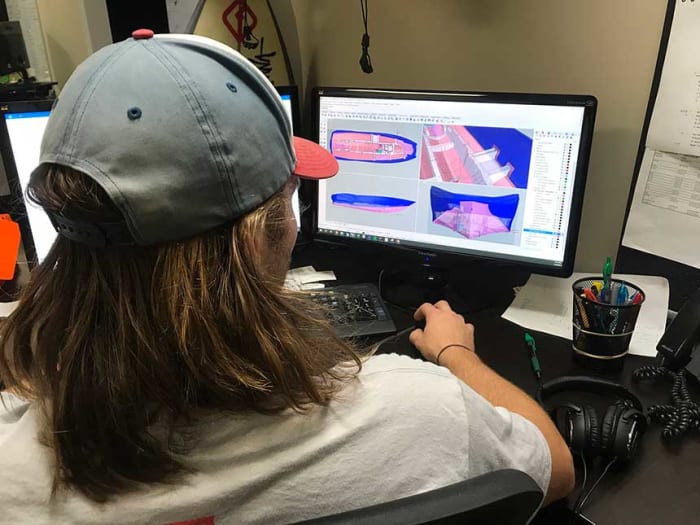
Schweigert does design work on a computer, but all new models are water-tested before moving to production.
Today, he gets paid to do that and more, sometimes working with other up-and-coming employees. The naval architect who sits next to Schweigert is 27. They both have worked on MasterCraft’s line of Aviara dayboats, but Schweigert says their primary goal is to make MasterCraft’s tow-sports boats more efficient by injecting new ways of thinking.
“We find that experiments weren’t done very well,” he says. “They make a wrong conclusion, and that’s been the way for 15 years. If we can find a way in the wake-sports side to make a more efficient wave without throwing more weight at it, that’s the goal.”
Younger minds look with interest at competing ideas, he says. While MasterCraft uses a ballast system to create waves, other companies use appendages to create downforce that simulates ballast. “They’re saving 1,000 pounds worth of ballast, and it opens up storage areas,” Schweigert says. “But, on the other hand, you have drag associated. It’s more efficient to carry 1,000 pounds than to create 1,000 pounds of downforce.”
For the MasterCraft X26, which was released last October, Schweigert was part of a team that drew the hull, ballast tanks and under-deck components in CAD. He’s interested in 3-D printing, and advances in processes and materials, but says some old-school model testing is still required. That means testing new models with professional riders.
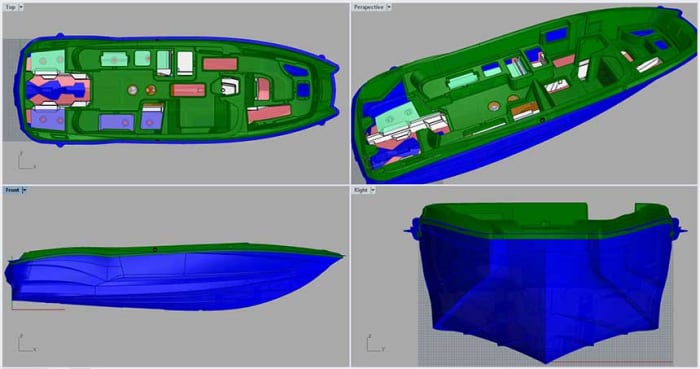
Colin Schweigert was part of a team that drew the MasterCraft X26’s hull, ballast tanks and under-deck components in CAD.
MasterCraft
“We’ll design a hull, and the rest of the boat’s plywood, a steering wheel and ballast tanks,” Schweigert says. “They’ll ride it and might say, ‘The wake has great size but doesn’t have great shape.’ ” Then the designers get out a saw or some Bondo and wood, and change the bottom. “Sometimes we make two changes in an hour; sometimes it takes a day,” Schweigert says. “Being able to do a design, build and test that quickly with pro boarders is something I really love.”
Jill of All Trades
Kelly Sturdy is from Upstate New York. She didn’t grow up boating, but when she heard about the Webb Institute in Glen Cove, N.Y., and its financial-aid package, she decided to give it a shot. “They offer a great education and incredible opportunities and access to a really great network,” Sturdy says.
Not only did attending the school help her find a professional calling, but she also met her husband, Will, at the Webb Institute. After their freshman years, they both did summer internships at Brooklin Boat Yard in Brooklin, Maine, and worked their way up the ranks. She graduated in 2016, joining the yard as a designer. He left school to join the yard’s apprentice program. Today, he’s one of the designers, as well. Last October, they had a daughter, Joyce.
While the Sturdys took different approaches to the same career, she says that finding success was a matter of recognizing how each of them learned. “There are things that my husband can blow through so easily that I have no idea where to start,” Sturdy says. “You can learn different things from varying approaches.”
Sturdy says that because the yard works on both new boats and retrofits, she never knows what she’ll be tackling. “One day you’re trying to figure out the most traditional way to do something, and the next day you’re talking to one of the world’s foremost race designers,” she says.
Recent projects included the Wheeler 38 Playmate, a take on Hemingway’s Pilar, built by Wheeler Yacht Co. in 1934. A favorite of Sturdy’s is Outlier, a 55-foot racing sloop that launched last summer.
Sturdy says the yard combines traditional construction techniques with modern systems, including CAD and CNC. It also has 3-D-printed parts, including titanium deck hardware. “We typically model the structure, joinery and systems to essentially build the boat on the computer for lofting purposes and to detect any inconsistencies before finalizing the engineering and shop drawings,” she says.
By using advanced techniques, Brooklin Boat Yard can increase a boat’s efficiency by saving weight. On one project, the interior was all white oak with zinc countertops. “Every piece of the boat, we backed out at least 20 percent of the weight,” Sturdy says. “We had cored panels. We had composites to reinforce.”
One thing Sturdy hopes to do is make boatbuilding greener. “We certainly would like to see more renewable, environmentally friendly and more user-friendly materials,” she says, adding that anyone who wants to do what she does for a living should give it a go. “There are a lot of unique opportunities that you don’t realize are out there.”
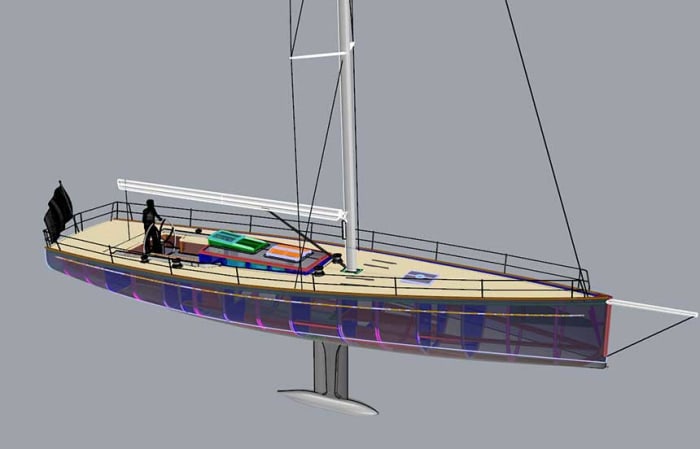
Kelly Sturdy worked on the racing sloop Outlier. “We typically model the structure, joinery and systems to essentially build the boat on the computer.”
Kelly Sturdy
The Second Act
After a career as a touring musician, JF Bedard, 46, decided he wanted to pursue his other passion: boats. In 2016, he earned a professional diploma in yacht and boat design at the Westlawn Institute of Marine Technology and has since been working at Island Packet/Seaward Yachts in Largo, Fla., as the head of engineering. He also designs small craft and sells the plans at his company, Bedard Yacht Design.
He says Island Packet is a good match for him because he is a sailor, and because he is given pretty much free rein. “I’m very happy that they gave me design work right off the bat,” Bedard says. “It’s a big playhouse for me because whatever I design and draw, they can build quickly.”
Bedard recently redesigned the deck arrangement of the IP 439 motorsailer. One of the things he has been trying to do is help the company evolve with CNC designs and manufacturing processes that he learned at Westlawn. “I jumped in right away to 3-D and CNC, doing nothing on paper,” he says of his school years. “Landing at Island Packet, they were 100 percent the other way around.”
As a result, there has been an element of trial and error, but because the design shop at Island Packet is small, Bedard gets a lot of hands-on experience. “If I want to try a new technique, they encourage it,” he says. “It’s a very encompassing discipline where you have to be knowledgeable in many fields.”
Island Packet builds about 12 boats per year. Bedard hopes to see that number double. The builder’s niche is bluewater sailboats with a traditional style and longer keel. Bedard realizes that he must respect tradition, but he wants to “bring the company forward so people who buy a [new] Island Packet know they have a modern boat.”
Euro-Style
Filippo Salvetti is a designer working for the Ferretti Group in Italy. He graduated from the Polytechnic University of Milan, specializing in industrial and interior design. He started his career at Officina Italiana Design, working for Mauro Micheli and Sergio Beretta. His list of clients included Azimut, Benetti, Bugari, Ferretti and Custom Line.
Salvetti says his favorite style of boat is the sport coupe because it influenced his earliest work, especially the Azimut Atlantis 48. “It was my first project almost 10 years ago,” he says. “It was a nice challenge because we had to renew the style of the range and create a new brand.”
For the future, Salvetti hopes to design a 230-foot sport coupe, saying he has “many ideas in the pocket.”
Salvetti’s favorite all-time designs are the Riva Rivarama 44, Sanlorenzo 40 Alloy and 118 WallyPower. Having worked primarily in fiberglass, he would like to do a steel or aluminum boat. The current trend in design, he adds, is explorer yachts with large living spaces and garages for toys. He expects multihulls to gain market share, with designs continuing to grow larger. In Europe, he expects to see more improvements in hydrodynamics and design than in propulsion.
“I don’t think there will be major changes in engine configurations,” he says, “but I believe that some new technologies, like foils, will help in optimizing fuel consumption.”
As with his fellow rising-star designers, Salvetti is not only ready to see where yacht design goes next, but he also wants to be one of the people who takes it there.
This article originally appeared in the March 2020 issue.

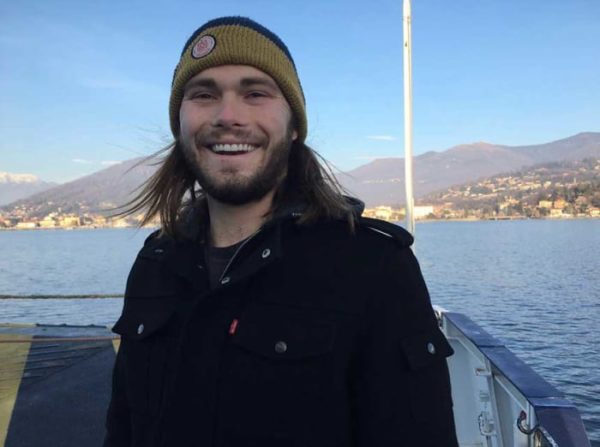

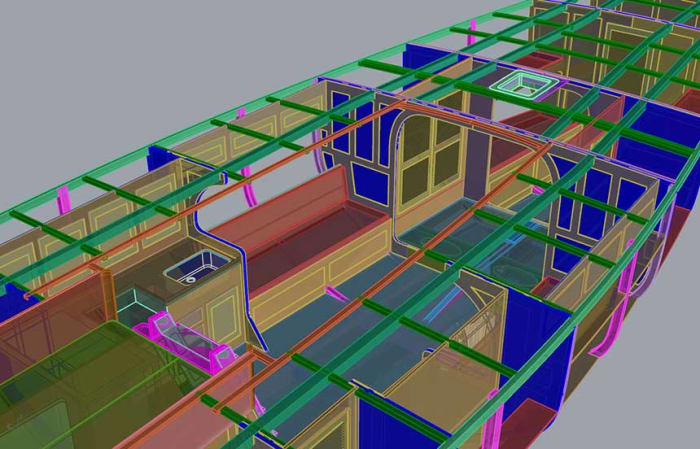
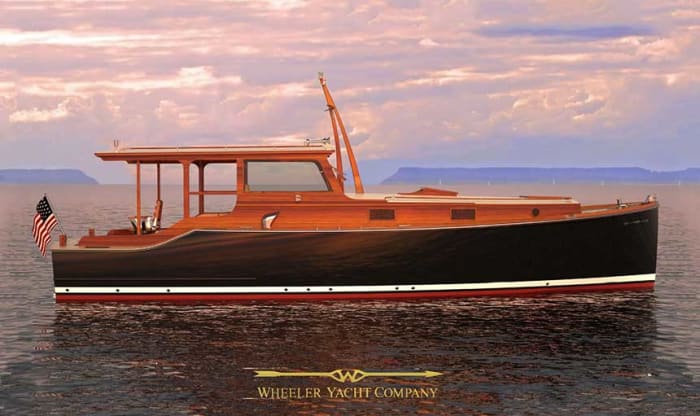
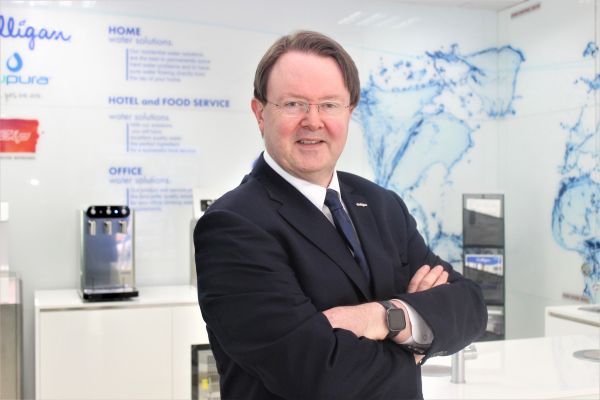


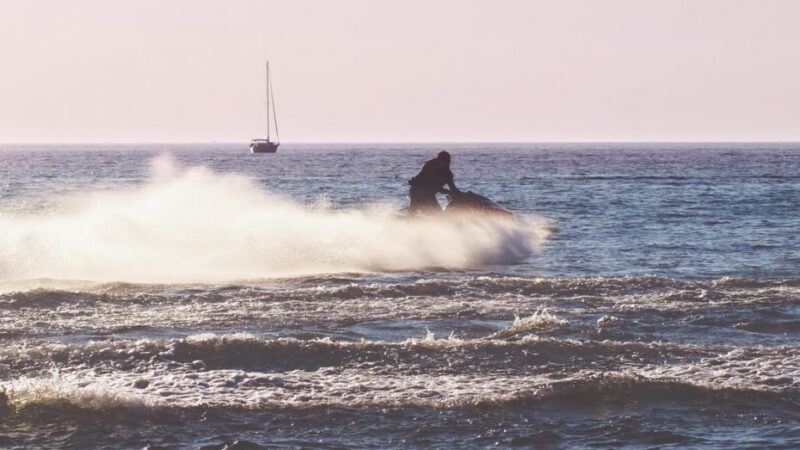
Recent Comments